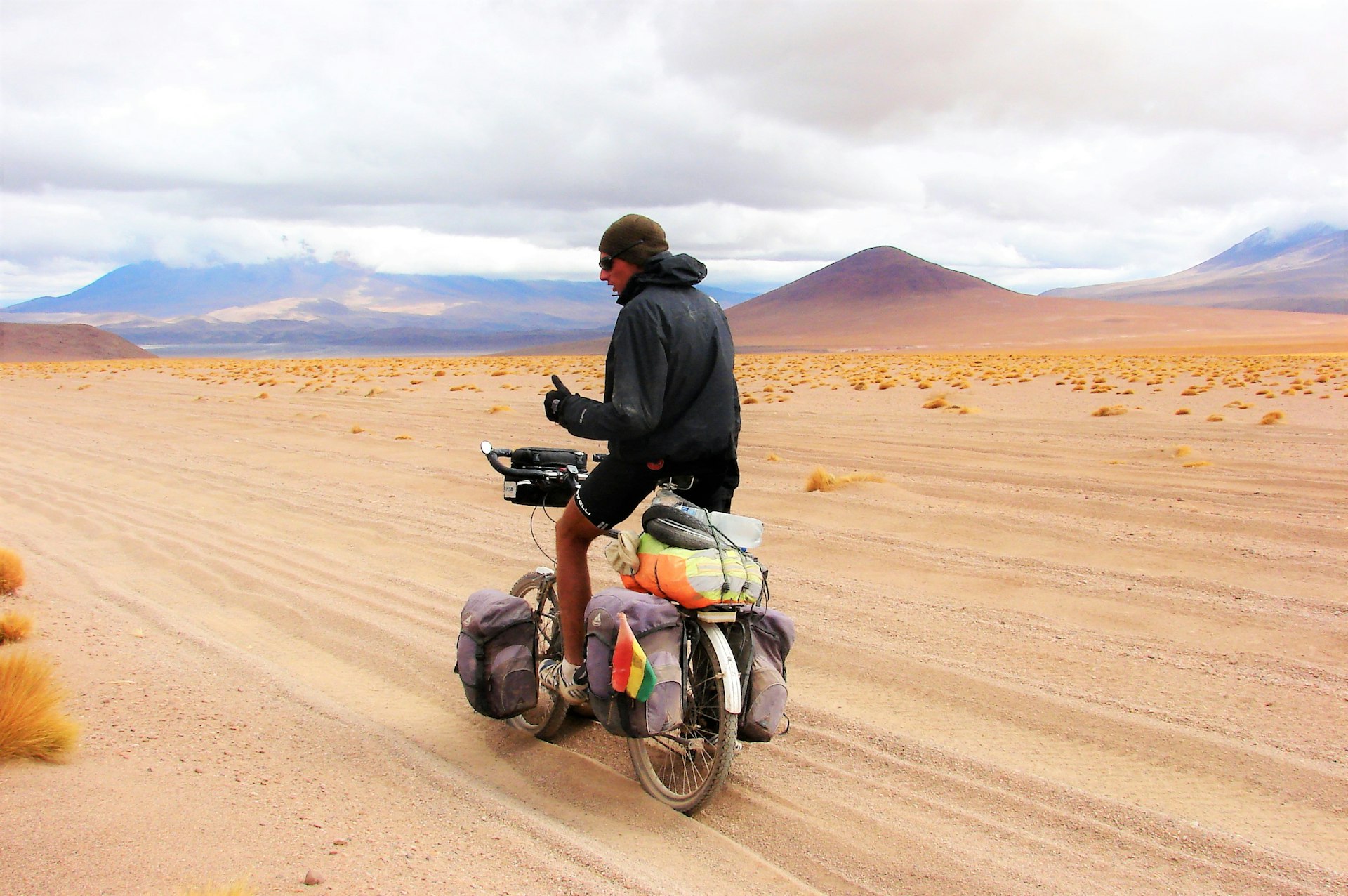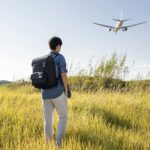Adventure Tourism in Remote Destinations: Guide to Unforgettable Journeys, Challenges, and How to Access Them


Photo by Luiza Braun on Unsplash
Introduction
For travelers seeking extraordinary experiences, adventure tourism in remote destinations offers unparalleled opportunities to connect with nature, culture, and personal limits. These journeys promise not just excitement, but also the authenticity and solitude that only the world’s most isolated places can deliver. This guide provides comprehensive, actionable information on what to expect, how to plan, and ways to access these once-in-a-lifetime adventures. Each section details unique locations, practical challenges, and step-by-step pathways to help you begin your own adventure tourism journey in remote destinations.
Understanding Adventure Tourism in Remote Destinations
Adventure tourism in remote areas involves travel to regions far from urban centers, often with limited infrastructure, unpredictable conditions, and unique cultural or natural experiences. It can include hiking, wildlife encounters, cultural immersion, and expeditions across deserts, mountains, tundra, or uninhabited islands. Remote adventure tourism offers significant benefits: deep personal growth, rare wildlife sightings, and the thrill of exploration. However, it also requires careful preparation and an understanding of the logistical and environmental challenges involved [1] .
Featured Remote Destinations and Experiences
The Kimberley, Australia
The Kimberley region in Western Australia is one of the most isolated on the planet, covering rugged terrain, ancient rock formations, and waterfalls. Accessible primarily by motor yacht or small charter flights, trips here typically last one to two weeks. Travelers can expect activities such as hiking, gorge swimming, and viewing prehistoric art. Organized expeditions, such as those with True North, provide logistics, safety, and expert guides, making the region accessible even for those new to remote adventure travel [1] .
Actionable Steps: To arrange a Kimberley adventure, you can contact established expedition operators such as Pelorus or True North through their official websites. For updated travel safety and permit requirements, consult the Western Australia government tourism portal or search for “Kimberley travel permits Western Australia.”
Greenland: Arctic Wilderness and Inuit Culture
Greenland epitomizes remote adventure: vast tundras, glaciers, and a sparse population. Activities include iceberg tours, guided hikes, and cultural immersion with local Inuit communities. Some tours offer glamping and luxury retreats only accessible by boat or helicopter from Nuuk. Experiences range from paddleboarding among icebergs to glacier-front lunches and bonfire evenings [2] .
Actionable Steps: To access Greenland’s remote adventures, research reputable Arctic tour operators. For independent travelers, start by searching “Greenland adventure tours” and review offerings from companies like 50 Degrees North or consult the official Visit Greenland tourism portal. Always verify the operator’s credentials and read recent traveler reviews before booking.
Skeleton Coast, Namibia
This 500-kilometer stretch is known for shipwrecks, ancient deserts, and rare wildlife. Accessible mainly by scenic flight, the region offers unique luxury eco-camps that support conservation and community initiatives. Activities include wildlife safaris, stargazing, and visits to ancient rock art sites. The region’s remoteness is part of its allure but also means that travelers must coordinate logistics well in advance [1] .
Actionable Steps: Booking with established adventure travel companies, such as Wilderness Safaris, is recommended. For step-by-step access, search “Skeleton Coast adventure tours” and ensure the operator is listed with Namibia’s official tourism board.
Borneo: Wildlife and Rainforest Adventures
Borneo’s rainforests are among the last refuges for wild orangutans. Tours often include visits to rehabilitation centers and eco-lodge stays deep in the jungle, reached by boat along the Kinabatangan River. Activities range from wildlife tracking to guided forest hikes. Conservation-focused operators help ensure responsible tourism and support local communities [4] .
Actionable Steps: For wildlife adventures, research eco-certified tour operators and confirm their credentials with the official Malaysia tourism agency. To visit orangutan rehabilitation centers, look up “Sepilok Orangutan Rehabilitation Centre official” and follow guidance on hours and bookings.
Lord Howe Island, Australia
This volcanic island offers protected forests, isolated beaches, and limited tourism by law (maximum 400 visitors at once). It’s accessible by commercial flight from Sydney or Brisbane. Activities include snorkeling, hiking, and exploring unique biodiversity. Accommodations range from lodges to small apartments managed by local residents [3] .
Actionable Steps: To visit, book flights through established airlines serving Lord Howe Island, and reserve accommodations well in advance due to visitor limits. For the latest guidelines, consult the official Lord Howe Island tourism website or contact New South Wales Parks and Wildlife Service.
Planning and Preparation: Overcoming Challenges
Adventure tourism in remote locations presents unique logistical and safety challenges. These include difficult access (often requiring charter flights or boats), unpredictable weather, limited medical care, and the need for specialized gear. It is essential to research health and safety requirements, pack appropriately, and secure comprehensive travel insurance that covers remote evacuation. Many destinations require permits or advance registration with local authorities.
For each destination, verify entry requirements, health protocols, and local regulations through the official government or tourism board. When in doubt, call the consulate or embassy for your destination country, or use official search terms like “travel safety [destination name] government” to find accurate information. For vaccinations and travel health, consult the Centers for Disease Control and Prevention (CDC) website using the “Travelers’ Health” section.
Responsible and Sustainable Adventure Travel
Sustainable practices are critical in remote adventure tourism. Many tour operators work in partnership with indigenous communities and conservation groups to minimize environmental impact and maximize local benefit. Travelers are encouraged to “leave no trace,” support conservation, and choose operators with clear commitments to sustainability. For example, some camps in Namibia’s Skeleton Coast operate under land-lease agreements that fund local initiatives and anti-poaching efforts [1] .

Photo by Francesco Ungaro on Unsplash
When booking, ask operators about their sustainability practices and verify certifications with recognized organizations such as the Global Sustainable Tourism Council. If you are unable to verify these claims, seek alternative operators or contact local tourism authorities for guidance.
Practical Guidance: How to Access Services and Opportunities
To access adventure tourism services in remote destinations:
- Start by identifying your preferred destination and the experiences you want (e.g., wildlife, hiking, cultural immersion).
- Research reputable tour operators using official tourism board websites and established travel review platforms.
- Contact operators directly for up-to-date availability, pricing, and itinerary details.
- For government-protected areas, search for official agency names (e.g., “Western Australia Parks and Wildlife Service”) and review permit or registration requirements.
- For travel health and safety, consult the CDC Travelers’ Health portal or your country’s equivalent.
- When in doubt, call or email the local tourism authority or embassy for specific guidance on permits, safety, and logistics.
If you require step-by-step instructions for a specific destination or activity, use the following process:
- Search for “[destination name] official tourism board” for authoritative planning resources.
- Find operators with verifiable credentials and recent customer reviews.
- Confirm all booking details and safety protocols in writing.
- Check government travel advisories before departure.
Alternative Approaches and Additional Resources
If guided tours are unavailable or you prefer independent travel, consider these alternatives:
- Use official national park or protected area agencies for permits and access guidance.
- Contact local guides through verified tourism associations.
- Participate in conservation volunteer programs, often listed on conservation NGO websites with transparent application processes.
For specialized adventures (e.g., technical climbs, remote hikes), connect with certified adventure clubs or expedition groups, such as those affiliated with the International Federation of Mountain Guides Associations (IFMGA).
Key Takeaways
Adventure tourism in remote destinations is accessible to those who plan carefully and use reputable resources. Begin by researching your chosen destination through official channels, confirm operator credentials, and always prioritize your safety and the wellbeing of the environment and local communities. With the right preparation, your journey to the world’s wildest places can be both safe and truly transformative.






